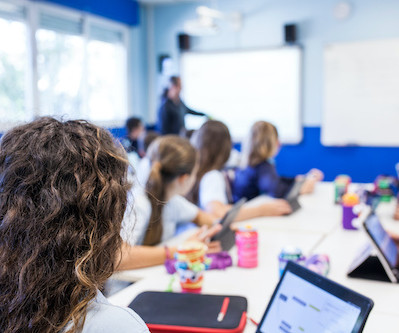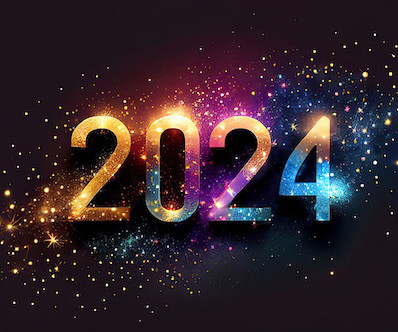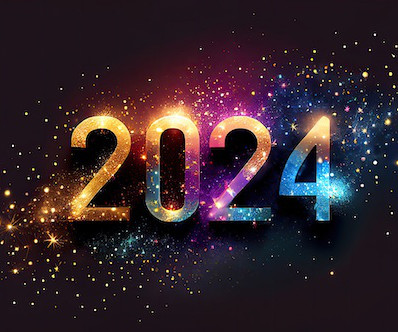10 steps for making your online courses accessible for all students
eSchool News
DECEMBER 16, 2015
UDL is tough enough in a face-to-face environment, but the real challenge might be how to implement the principles in an online world where students’ abilities and learning styles differ drastically. In presentation , the course provides learners with various way of acquiring information and knowledge.


















Let's personalize your content